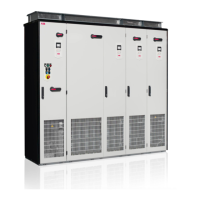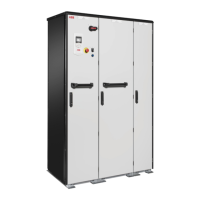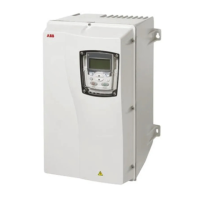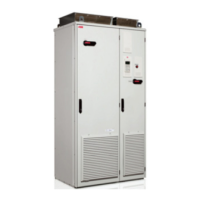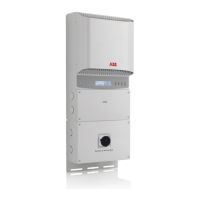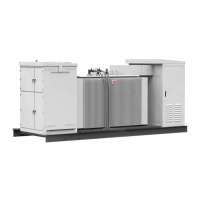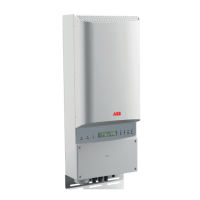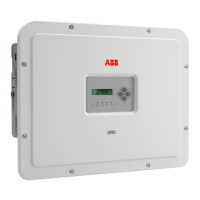Parameters 491
97.10 Signal injection Enables signal injection.: A high-frequency alternating signal
is injected to the motor in the low speed region to improve the
stability of torque control. Signal injection can be enabled with
different amplitude levels.
Notes:
• This is an expert level parameter and should not be
adjusted without appropriate skill.
• Use as low a level as possible that gives satisfactory
performance.
• Signal injection cannot be applied to asynchronous
motors.
Disabled
Disabled Signal injection disabled. 0
Enabled (5 %) Signal injection enabled with an amplitude level of 5%. 1
Enabled (10 %) Signal injection enabled with an amplitude level of 10%. 2
Enabled (15 %) Signal injection enabled with an amplitude level of 15%. 3
Enabled (20 %) Signal injection enabled with an amplitude level of 20%. 4
97.11 TR tuning Rotor time constant tuning.
This parameter can be used to improve torque accuracy in
closed-loop control of an induction motor. Normally, the motor
identification run provides sufficient torque accuracy, but
manual fine-tuning can be applied in exceptionally
demanding applications to achieve optimal performance.
Note: This is an expert level parameter and should not be
adjusted without appropriate skill.
100%
25…400% Rotor time constant tuning. 1 = 1%
97.12 IR comp step-up
frequency
IR compensation (ie. output voltage boost) can be used in
step-up applications to compensate for resistive losses in the
step-up transformer, cabling and motor. As voltage cannot be
fed through a step-up transformer at 0 Hz, a specific type of
IR compensation should be used.
This parameter adds a frequency breakpoint for parameter
97.13 IR compensation as shown below.
0.0 Hz = Breakpoint disabled.
0.0 Hz
0.0 … 50.0 Hz IR compensation breakpoint for step-up applications. 1 = 1 Hz
No. Name/Value Description Def/FbEq16
U / U
N
(%)
f (Hz)
Field weakening
point
Relative output voltage with IR
compensation
100%
97.13
97.12
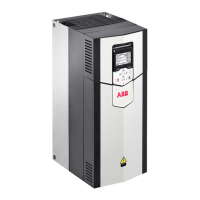
